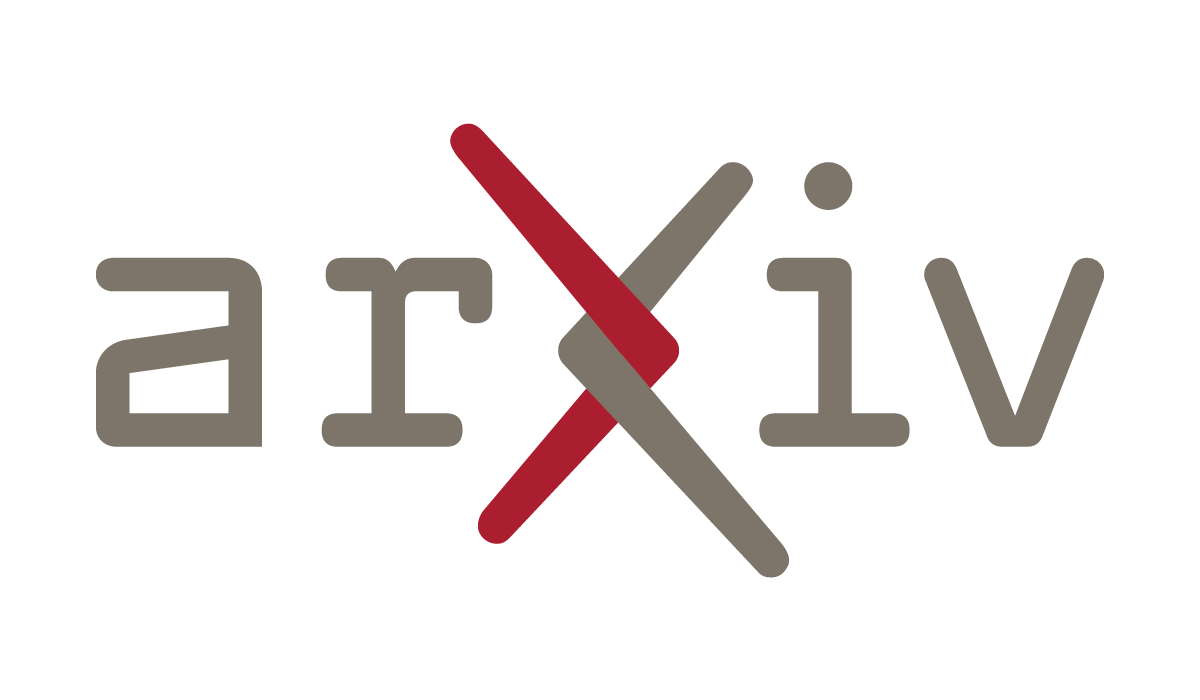
AI models generate personalized humor by analyzing user preferences, interests, and even their sense of humor to create tailored jokes[1]. One approach involves collaborative filtering techniques, identifying users with similar tastes and recommending jokes enjoyed by those users[1]. User preferences can be represented in a matrix, which is then factorized using singular value decomposition (SVD) to estimate user preferences for new jokes and generate personalized recommendations[1].
By analyzing demographics, interests, and facial expressions, AI robo-comedians can adapt their material in real-time to maximize laughter[1]. AI models can also be fine-tuned on relevant datasets to generate jokes for a specific context, such as a sitcom[1]. Furthermore, an AI system called HumorSkills expands on joke topics to find narratives related to the image to grow the number of relatable joke targets[2].
Get more accurate answers with Super Pandi, upload files, personalized discovery feed, save searches and contribute to the PandiPedia.
Let's look at alternatives:
- Modify the query.
- Start a new thread.
- Remove sources (if manually added).